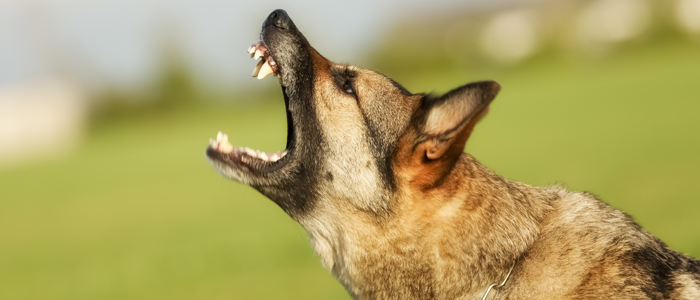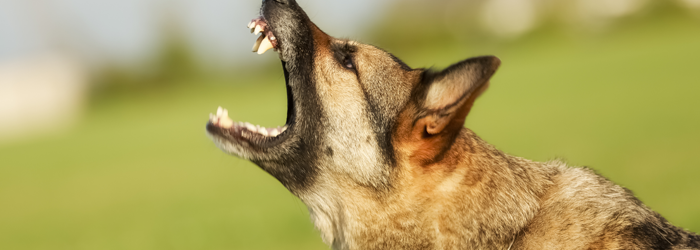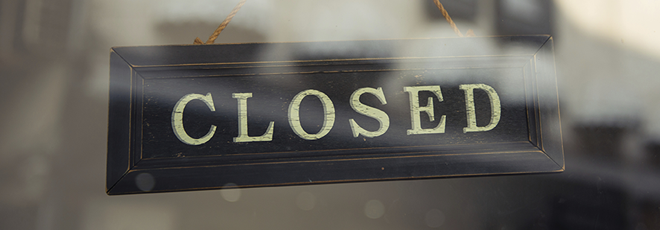Dogs have been used for thousands of years to protect people, livestock and property. As protectors, they are very effective. However, having a dog on your premises creates a number of issues that you need to be aware of. Any dog, whether kept for protection or as a pet, can be dangerous. Dogs create safety concerns to the general public with injuries ranging from a minor bite to serious attacks.
Guard dogs
Guard dogs are typically allowed to roam freely inside a building or fenced compound during non-business hours. The dog should not be in contact with the general public or customers and should be considered extremely dangerous at all times.
Because of the aggressive temperament and nature required with the guard dog’s function they should be professionally trained and require an extremely experienced handler as guard dogs should, at all times, be considered a lethal weapon. As a result, guard dogs should always be kept in a secure location away from any public or customer interaction. Even the noise from customers or the public may be sufficient to arouse a guard dog and cause it to become unpredictable.
These special precautions should be followed with any guard dog:
- Signs
Visible signs warning that a guard dog is on duty should be placed on or at any appropriate entrances, walkways, exits or fenced compound locations containing guard dogs.
- Secure location away from the public and customers
The dog must be kept in a secure area at all times.
- Fenced compound
The fence, walls or any other barriers containing the guard dog should be secured at all times and be in appropriate condition to be able to prevent a guard dog from being able to escape, jump the barrier or be able to cause injury through the barrier to anyone standing on the other side. The fence should be secured at the bottom to concrete or asphalt so as to prevent guard dogs from digging below the fence line. In this regard, the fence should be on a concrete or otherwise paved solid surface. A fence placed on anything but a solid surface is not capable of preventing digging either from guard dogs or small animals which can dig sufficiently under a fence and enable a guard dog to escape.
Pet dogs
Pet dogs may be allowed to roam freely throughout the business and interact with customers. In such cases owners should be aware they will be strictly liable for any injuries or damages caused directly or indirectly from contact with such pets.
Pet-Guard dog mix
Businesses sometimes have a pet dog that also may act as a guard dog and may not have been professionally trained for the function of guarding. If a pet dog is also being used as a guard dog then the comments above under “Guard Dogs” should be followed.
Keep in mind any dog regardless of size used as a guard dog is potentially dangerous.
Legal responsibilities
It is important to understand the legal responsibilities that are involved with having either a guard dog or pet dog on your premises.
Owners of guard or pet dogs are strictly liable for any damages caused by their dogs. This means the dog owner is responsible for the damage caused by the dog regardless of the owner’s intent or negligent conduct. Under strict liability rules of tort negligence, the plaintiff (injured party) only needs to show that the dog caused injury directly or indirectly to be entitled to damages.
Placing a sign on a property stating “Danger Guard Dogs” is an admission of liability, not a defence. It evidences the owner knows the dog(s) are dangerous and the owner has invited a risk he knows is dangerous.
Signs stating owners waive liability or responsibility for trespassers are unenforceable as they evidence the fact the owner knows there is liability they are trying to avoid.
Go with a security option that offers protection without the liability.
Considering the issues associated with having a guard dog, we recommend business owners implement other security options available that offer excellent protection without the risks of strict liability exposure from guard dogs.




